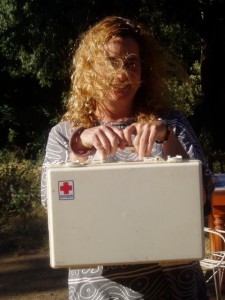
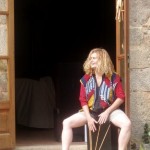
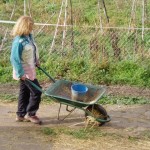
HORSE WHINNY
She often zips off to perform a horse surgery when she’s on call, but this does not stop her from going out and partying with her friends. If she gets an emergency call she’ll have to drop what she’s doing to go perform the operation, but she’ll return to the fun afterwards if it is still going on. Although Marta is a horse surgeon by profession, she is also the producer and organizer of a popular annual film festival called ‘Festival de Cortos’. Cortos is Spanish for short films. The films in Marta’s Corto festival have a limit of 1 minute. With film it is sometimes much harder to express what you have to say in one minute than in one hour. Keeping to that one minute parameter is very difficult, resulting in some clever and unusual results.
Marta loves to dance, and takes African Dance and Samba Dance classes a few evenings a week. She is always a fun accomplice. She collects percussion instruments, so everyone can find something to bang or shake at the parties holds at her country ranch, which is a 35 minute train ride from where we live.
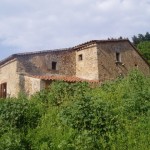

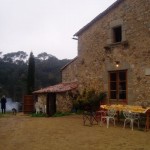
The actual road to the Marta’s slice of paradise is rough and unpaved, often overgrown. To get there you drive over a bumpy road, past a valley of poppy fields which are impressive in the spring, when the farmhouse is surrounded by lush tree covered hills.

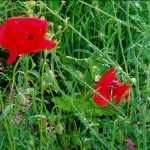
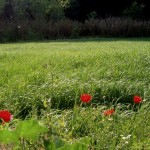


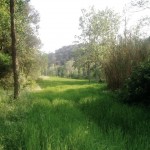
Marta’s Masia is a large two-story farmhouse built in 1500. Inside, the ancient beams in the ceiling are dark roughly hewn trees. The beams on the top floor that hold up the roof are long and at some point a metal girder was added to reinforce the old wood beams. The floor of the second story is simply planks of wood laid across the old beams with square clay tiles added on top of the planks. The kitchen is large and has a big fireplace that has a couch in it. This is one of the cozier reading/napping areas of the house. There are rusty big hooks jutting out, which I imagine they used to hang fresh killed meat on a few centuries ago.
The kitchen is rustic and basic but with inspiring collections of spices in jars and all kinds of things in the pantry to use as a starting kit. It is fun to cook as a team in this kitchen while people sit around and watch and talk or play music. The walls of the farm house are approximately 3 feet thick. The windows are few and small. This makes for a very cool place lie around in the extremely hot summers here. The walls are made out of lots of cement (or what they used as cement in 1500, which happens to be the same ochre color as the dirt outside) and whatever rocks, stones, and bricks happened to be laying around the house at the time it was built (at least that is what it looks like). Inside the thick stone walls have been painted in a thick, cream colored paint that makes the walls appear cavernous. They have fabric draped lamps and lanterns hanging from them. The doorways use large smooth blocks of cement around the opening which gives it sort a Roman ruin feeling. There is a large corral behind the house where the horses stay, blocked in by an electric
fence.
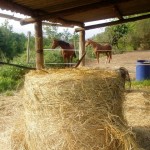
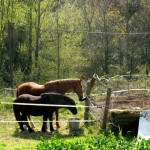
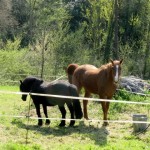
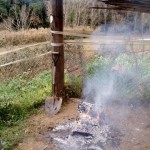
HORSES RUNNING BY
The house is full of couches and comfortable chairs. She has a painting of a horse coming into what appears to be a lit room and a poster that says’ Teatre Romea” of a horse with a Catalan flag draped over it in the living room. Also there are a growing number of colorful naif style paintings sent to her by her boyfriend in Senegal.
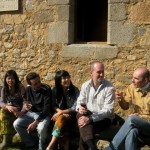
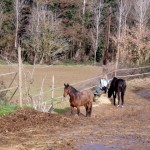
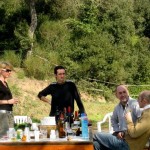
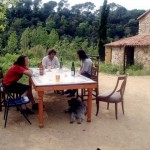
Outside the front door is a neglected vegetable garden skirting the front of the house.
The front yard has a big picnic table and a weedy, rocky path down to a small open-air shack with a grill, where feasts are cooked for her musical summer barbecues. There was a big outdoor pit, a bit like the Maori hangi, where they cook all kinds of meat. This is a popular hang out spot for the all the dogs, who also have their own big doghouse/shed to sleep in when things quiet down.
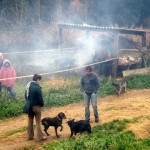
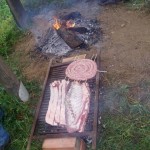
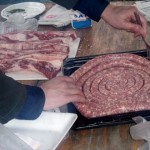
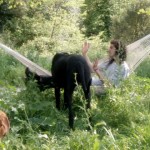
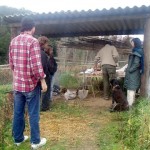

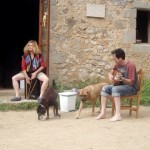
Last year we attended and participated in the third annual Cortos Film Festival, held at Marta’s Masia. There were about 40 or so flim corto entries (including Mark and my 3) which were projected onto a big screen (a huge sheet if the truth be know) draped over the front of her house. It was exciting to see all our films projected onto such a huge screen. They looked great! People paid 15 euros to attend this film festival, eat the food, camp out in tents or in the harem room. There was music and dancing and eating all night long. However too many people showed up, too many didn’t pay, too many stayed too long, so next year it will be held at another, larger venue, a more official one.
I love Marta’s parties because they always evolve into a great jam session. Her friends are varied and interesting; a few veterinarians (who happen to be astounding musicians) but mostly artists, film makers and musicians from all over, though mostly Catalan.

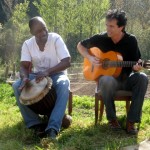
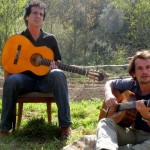
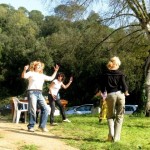
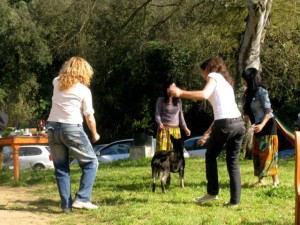
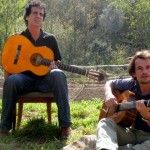


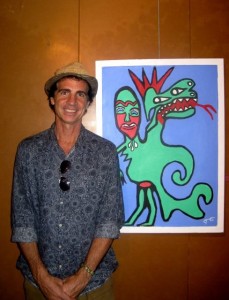
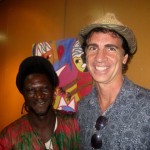
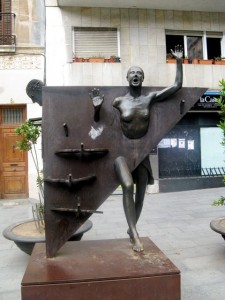
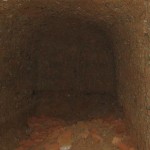
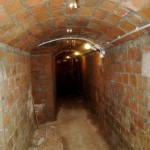
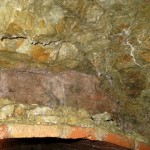

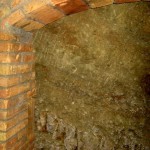
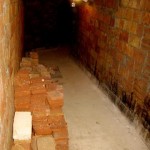
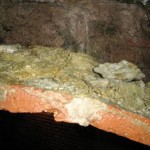
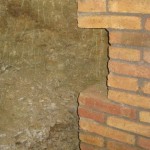
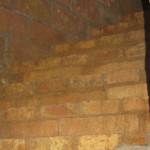


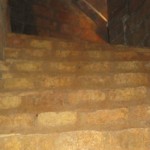


































Recent Comments